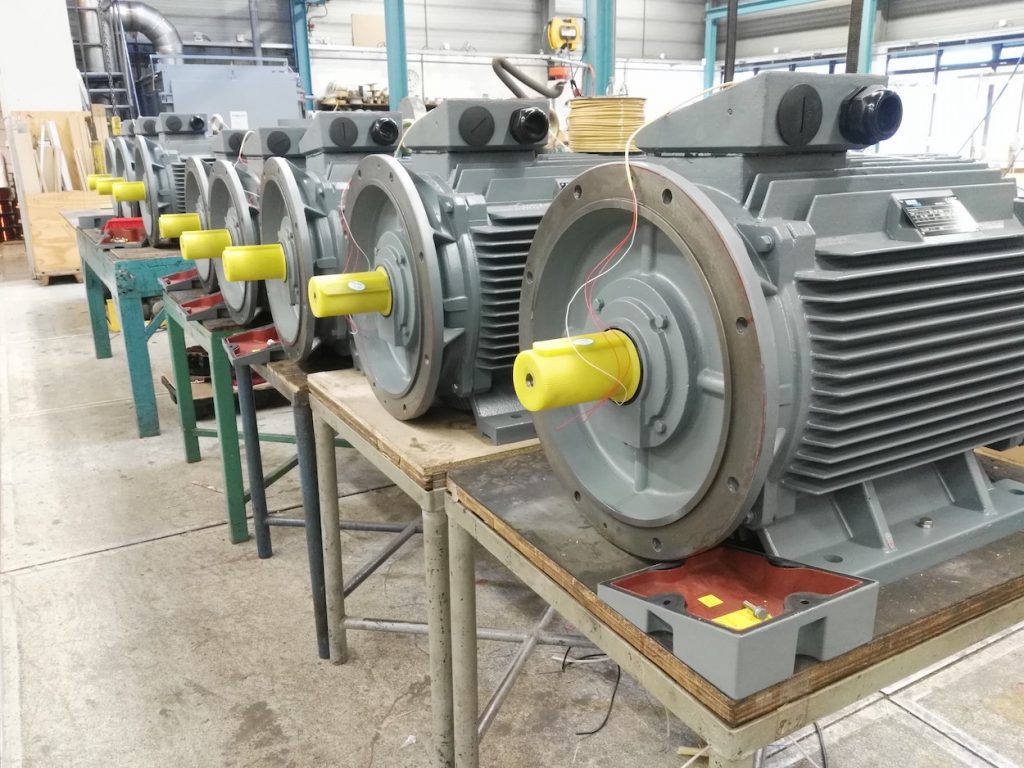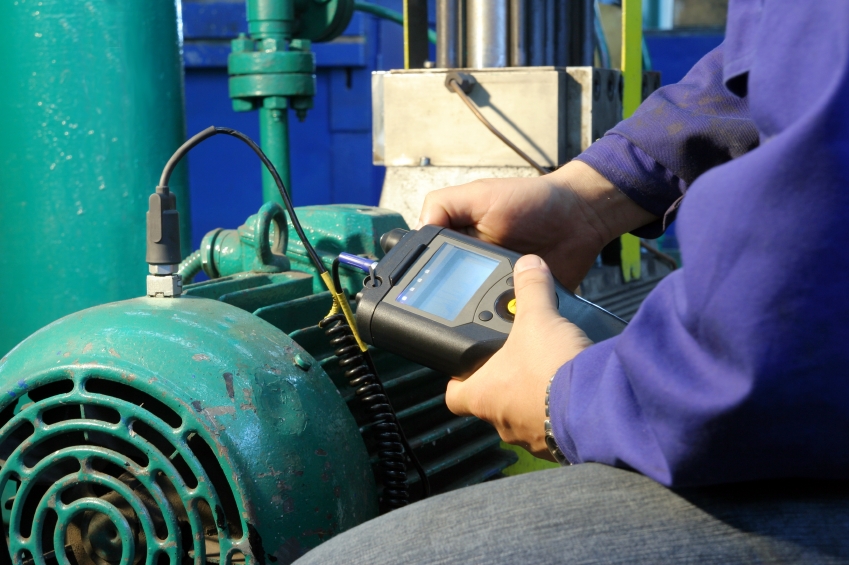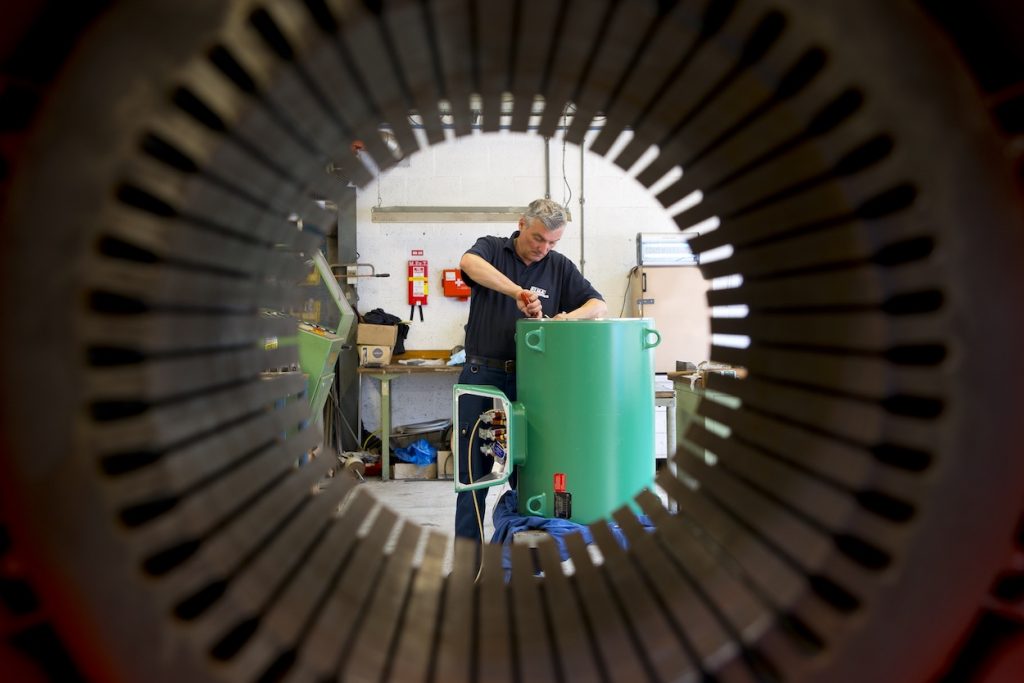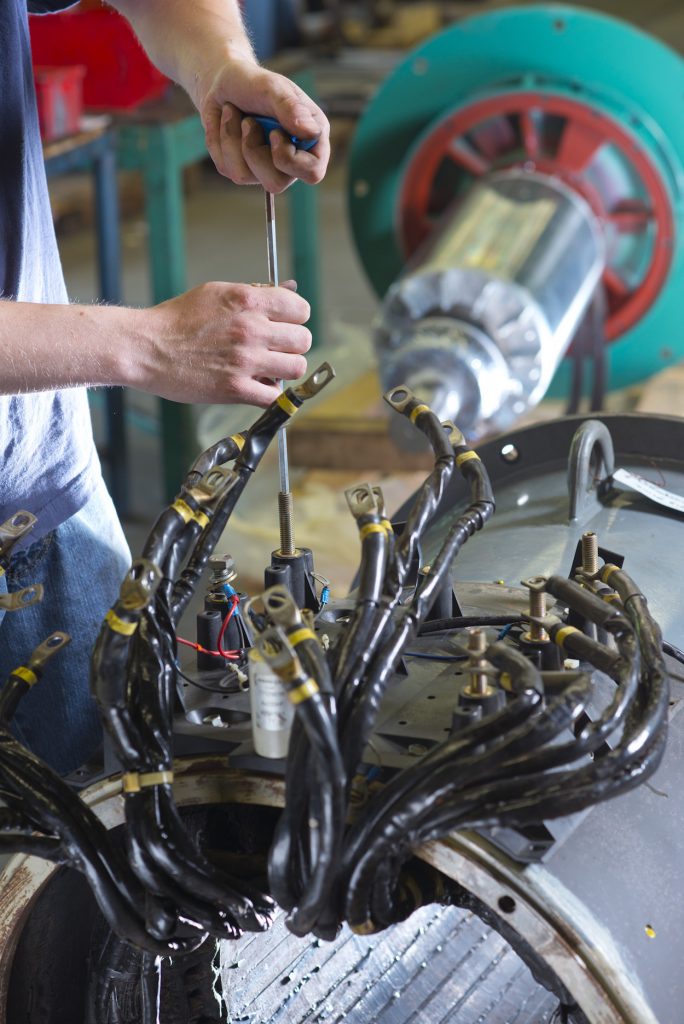For over 80 years Elma Services has been a specialist in balancing rotary machine parts for all types of industry. Vibrations cause structural components to detach within a rotary tool. This often leads to damaged machinery and/or machine foundations. Also conduits and electrical cables are prone to break.
Imbalance significantly reduces the operational safety of your machine. This is why balancing contributes both to a longer machine life and a higher personal safety of the operator. Elma Services has all the specialized knowledge, balancing equipment and service engineers to re-balance small, large, light and very heavy machine parts. We are able to do this in-situ or in our own fully equipped workshop.












